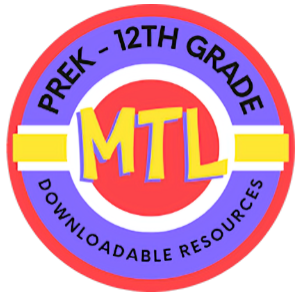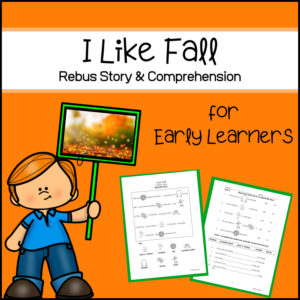Showing all 7 resultsSorted by latest
-
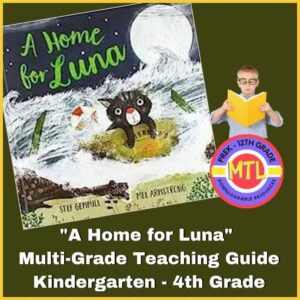 FREEBuy Now
FREEBuy NowA Home for Luna is a heart-warming tale about adapting to another place, displacement, our need for community and friendship, and the life-changing value of kindness.
About the story: When Luna washes up on a strange shore, she is scared and lonely. She shelters under a wooden crate and dreams of a home from long ago.She soon discovers there is beauty in her new land. “A smell filled the air. A smell like home, but not exactly.” Along the way Luna makes unexpected friends. But will she ever feel at home in a place so different from the one she remembers?
This teaching resource will help guide your teaching with this book and the themes that are contained within it. Themes include: relationships, conflict, homelessness, adapting to change. It is also a book that can lead to discussions on what living things need to survive, observable changes in our environment (sky and landscape), life cycles, ecosystems and sustainability.
-
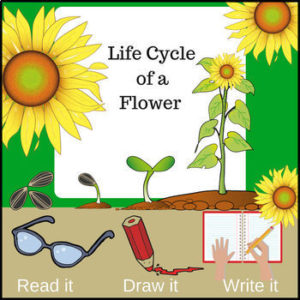 $2.00Buy Now
$2.00Buy NowThis cross-curricular (Science / Literacy – Writing ) product will have students creating their very own mini-books detailing the life cycle of a flower!
Knowledge students will learn: Students will learn what flowers (plants) need to live and grow (soil, water, sun, air) and how a planted seed becomes a sprout, then a seedling and then a beautiful flower.
Students will:— read the text — draw a picture — write (copy) the written text
-
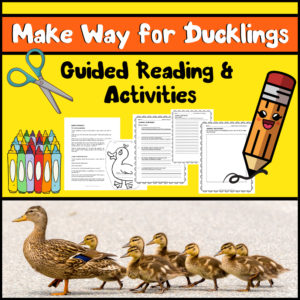 $3.75Buy Now
$3.75Buy NowThis fun and engaging resource offers guided reading questions and student activities that will help students get the most from Robert McCloskey’s book, Make Way for Ducklings. (1942 Caldecott Medal award winning book!)
For the Teacher:
- Suggested Pre-Reading, About the Cover, After Reading and About the artwork questions are provided. These should be teacher directed.
For the Students:
- Worksheet for students to answer questions from the story
- Worksheet to produce questions while reading
- Worksheet to produce questions after finishing the reading
- 2 art responses
- 3 worksheets for students to go beyond the reading to answer questions that require them to share their opinions/thoughts.
- Duck shape book for students to use in any way you wish. Perhaps to write their own story, a summary of the book, to record rhyming words, vocabulary words, etc. (You decide!)
- 3 ‘Color and Cut’ pages
- Suggested extended activities (14 ideas given) – These will help you extend the learning into Science and Social Studies!
All writing pages include dashed lines because this has been designed for 1st – 2nd grades and will allow students to practice correct handwriting.
-
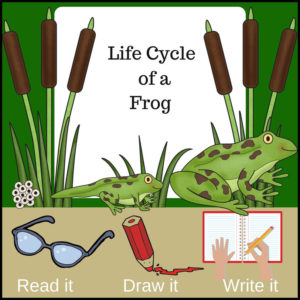 $2.00Buy Now
$2.00Buy NowThis cross-curricular (Science / Literacy – Writing ) product will have students creating their very own mini-books detailing the life cycle of a frog!
Knowledge students will learn:
The book will begin with the female frog laying her eggs near or in water. Students will then learn about the tadpole, what it looks like and what it eats and how it grows and turns into a froglet. They will learn how the froglet has developed the ability to breathe and live on land and then turns into a frog. Does a frog eat different things than a tadpole? Students will find out! At the end of the unit, there is also a coloring page of the different stages from egg to frog.
Students will: — read the text — draw a picture — write (copy) the written text
-
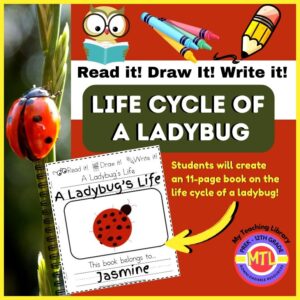 $3.50Buy Now
$3.50Buy NowA cross-curricular (Science / Literacy – Writing) product that will have students creating their very own mini-books detailing the life cycle of a ladybug!
Knowledge students will learn:
- -The ladybug is a beetle
- -Mother ladybugs lay tiny yellow eggs in clusters under a leaf
- -When the larva hatches, it eats. What do ladybugs eat? Students will find out!
- -What the ladybug pupa looks like before attaching itself to a leaf
- -The pupa grows, molts and changes…emerging as a ladybug!
Students will:
- -Read the text
- -Draw a picture
- -Write (copy work) the written text.
Benefits of this resource:
- -Low prep – print and give to students
- -Children learn about the ladybug life cycle while reading, drawing and writing
- -Encourages fine motor skills through coloring and writing plus scissor skills as the cut out each page along the dotted lines
- -Encourages reading skills as students read and copy the text
- -Finished book can be a keepsake Science mini-book and added to end-of-the-end portfolio.
What is included? 11 ready-to-use student pages
⭐⭐Use along or with: Ladybug Life Cycle | Posters and Worksheets
-
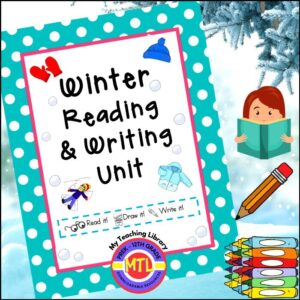 $4.00Buy Now
$4.00Buy NowThis Winter Reading and Writing resource (with a “Read it! Draw it! Write it!” section) covers a variety of vital Language Arts skills! Perfect to use in December, January, February and into March!
Includes:
- 12 “Read It! Draw It! Write it!” pages (Use individually or combined to complete a book for each student)
- Vocabulary Flashcards
- Compound Word Worksheet
- 3 Syllable Worksheets
- Long Vowel Worksheet
- Short Vowel Worksheet
- 4 Rhyming Worksheets
- 2 additional Writing Worksheets.
Vocabulary Words in this Winter Unit: window, snow, outside, door, pants, sweater, coat, boots, hat, scarf, mittens, five, snowball, snowangel, snowman, sled, hill, roll
“Read it! Draw it! Write it!” pages have been designed to engage students in an active reading. Students can use the symbols to help guide them on each page. On the “Write it!” portions, students are to copy the passage they just read. However, more advanced students may want to add to the story!
